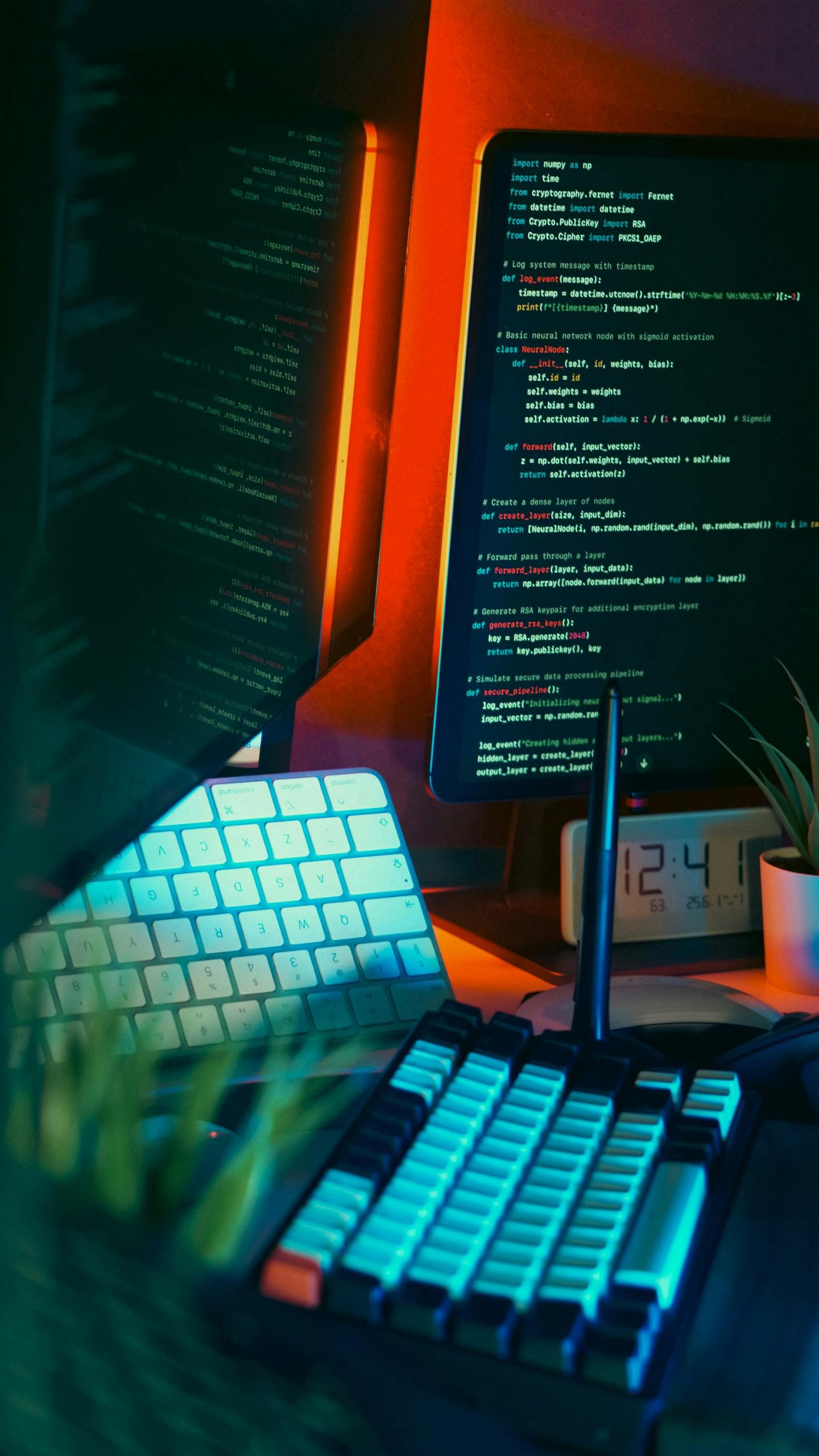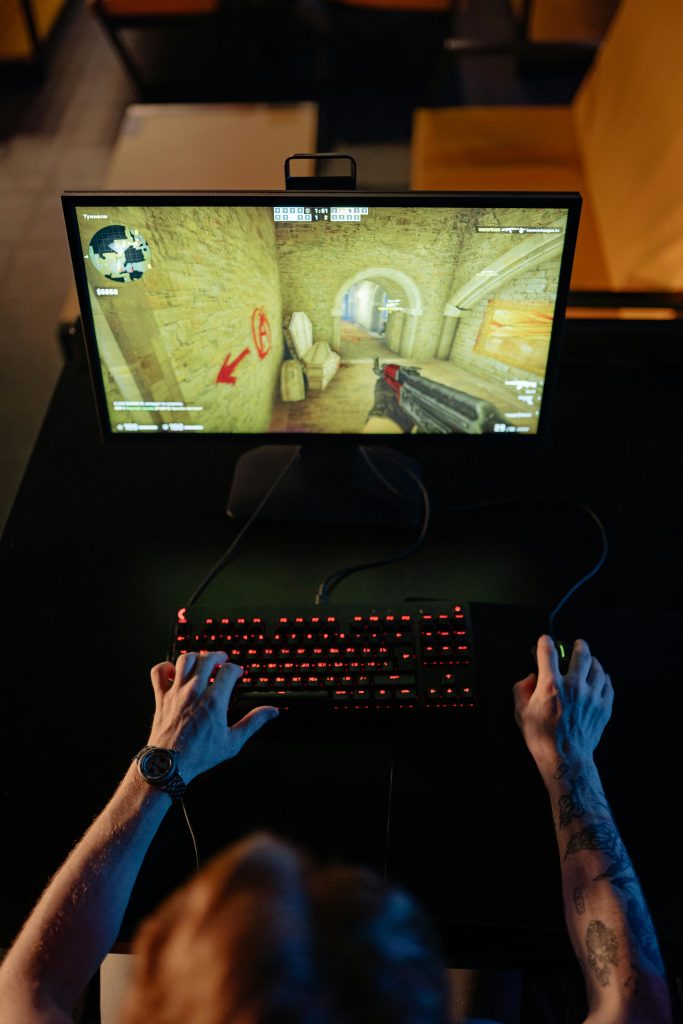Troubleshooting Extended Boot Times and VGA Light Issues on Windows 11 with RTX 3070
If you’ve recently experienced unusually long boot times on your Windows 11 system, accompanied by a lit VGA light on your motherboard and delayed startup times, you’re not alone. Many users with high-performance graphics cards, such as the RTX 3070, have encountered similar challenges. This article explores potential causes and solutions to help you resolve these booting delays effectively.
Understanding the Issue
Users have reported that upon powering on their systems, the initial screen remains black for an extended period—sometimes up to 15 minutes—before Windows finally loads. During this time, the motherboard’s VGA indicator remains lit in white, indicating a potential display or graphics initialization problem. Additionally, these systems often require force shutdowns (holding down the power button) instead of a normal shutdown, which can be concerning and suggests underlying hardware or software conflicts.
Common Causes
The symptoms described could stem from various issues, including:
- Graphics Card Initialization Problems: The RTX 3070 may not be initializing correctly during boot.
- BIOS Configuration or Compatibility Issues: Outdated or incompatible BIOS firmware can cause delays.
- Display Output or Cable Issues: Faulty cables or monitors can sometimes cause boot delays.
- Hardware Conflicts or Faults: Loose connections, faulty RAM, or power supply issues could contribute.
- Corrupt Operating System Files: Windows startup processes may be hindered by corrupted files.
Recommended Troubleshooting Steps
- Check Physical Connections
- Ensure the GPU is correctly seated in its PCIe slot.
- Verify that all power connectors to the GPU are secure.
-
Confirm that display cables are properly connected and test with different cables or ports if possible.
-
Update BIOS Firmware
- Visit your motherboard manufacturer’s website to download the latest BIOS update.
-
Follow their instructions carefully to update your BIOS, as this can improve hardware compatibility and stability.
-
Reset BIOS Settings
- Perform a BIOS reset to default settings to eliminate misconfigurations.
-
This can often be done by removing the CMOS battery for a few minutes or using a motherboard jumper.
-
Test Hardware Components
- Reseat RAM modules and test with minimal hardware (one stick of RAM).
- Check the power supply unit for consistent and adequate power delivery.
- If available, try booting with a different GPU to isolate the issue.
5
Share this content:



